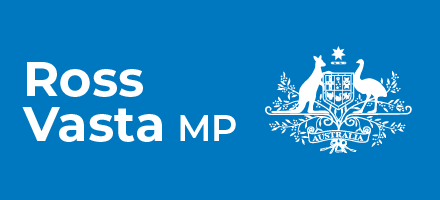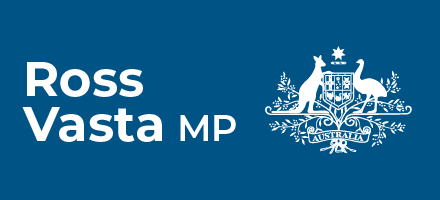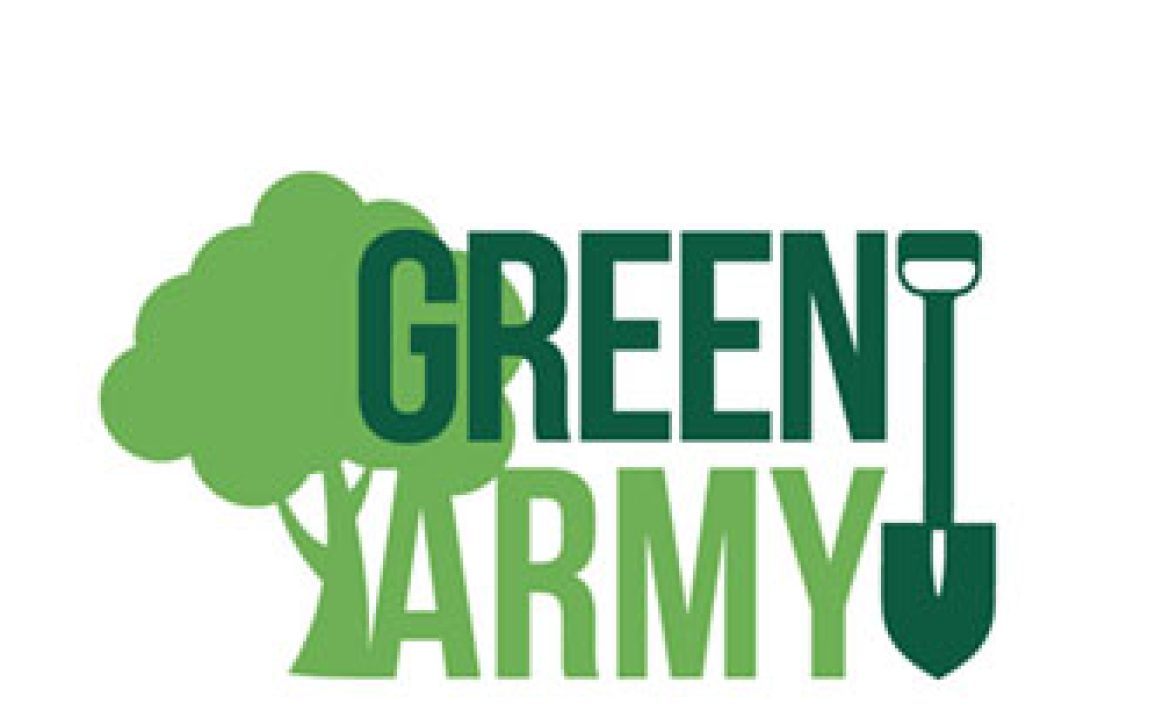The Government has released the Review of Australia’s Counter-Terrorism Machinery today.
The Review found that Australia has entered a new, long-term era of heightened terrorism threat, with a much more significant ‘home grown’ element.
It assesses that the terrorist threat in Australia is rising. On all metrics, the threat to Australia is worsening. The number of foreign fighters is increasing, the number of known sympathisers and supporters of extremists is increasing, and the number of potential terrorists, including many who live in our midst, is rising as well.
There are at least 90 Australians fighting with and supporting terrorist groups in Iraq and Syria. Over 30 foreign fighters have returned to Australia and at least 140 people in Australia are actively supporting extremist groups. Thousands of young and vulnerable people in the community are susceptible to radicalisation. Terrorists are becoming more adept at evading surveillance.
The Review also finds that it is becoming harder to combat terrorism. Extremists’ slick online messages are grooming the socially isolated. Low-tech terrorism, needing little more than a camera-phone, social media account and a knife, means that it is becoming harder to for police and security agencies to anticipate and disrupt attacks
The number of serious investigations also continues to rise. ASIO is currently investigating several thousand leads and persons of concern. Roughly 400 of these are high priority cases, more than double a year ago.
The Review supports the decision to lift the National Terrorist Threat Level on 12 September last year.
Since then, we have witnessed the frenzied attack on two police officers in Melbourne and the horror of the Martin Place siege. Twenty people have been arrested and charged as a result of six counter terrorism operations conducted around Australia. That’s one third of all terrorism-related arrests since 2001 – all within the space of six months.
The Review confirmed that Australia has strong, well-coordinated counter-terrorism arrangements and there is no reason to make major structural changes.
The Government will implement the Review’s recommendations to strengthen the coordination of our agencies, introduce initiatives to counter violent extremism and manage the return of foreign fighters, and implement measures to improve community understanding of the threat level.
The Government will appoint a National Counter Terrorism Coordinator to bring the same drive, focus and results to our counter terrorism efforts that worked so well to stop the boats in Operation Sovereign Borders.
A new national counter-terrorism strategy will be developed, in close cooperation with the states and territories, to better coordinate our efforts to counteract the threats we face including from home grown lone actors and radicalisation in our community.
We will also develop a new national strategy to counter violent extremism and build community cohesion, which will be considered by COAG later this year.
The Review recommends the current Public Alert System for terrorism warnings be replaced with a simpler and clearer system. The Government will develop a new system to provide more helpful information to Australians about what the threat actually is and what precautions people might take.
The Government will separately consider the Review’s options to address long term agency funding as part of the Budget process. In August 2014, the Government announced $632 million in additional funding over the next four years for agencies involved in counter-terrorism. This funding responded to reduced agency expenditure on counter-terrorism since 2009 and supports new programmes to bolster monitoring and disruption activities in Australia and overseas.
All of these steps are about making our counter-terrorism arrangements stronger so that Australians are safer.
They will significantly improve our counter-terrorism effort, making it more focused and more cohesive. Importantly, they will ensure we are as well placed as possible to tackle the increasing threat of terrorism in Australia.
We cannot promise that there will be no more attacks. In the current threat environment, our agencies assess that a terrorist attack remains likely. However, this Government will do everything it reasonably can to make Australians safe from terrorism.
The full review can be found at www.dpmc.gov.au/pmc/publication/review-commonwealths-counter-terrorism-arrangements




